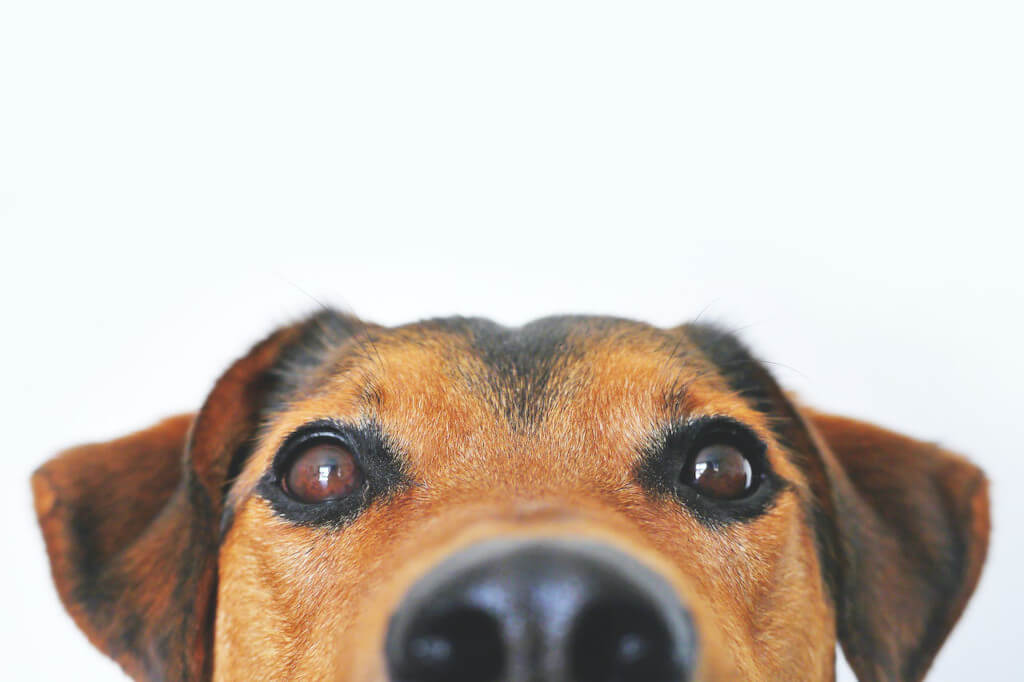Although there is nothing inherently wrong with pedigree canines, the members of many dog rescue teams have a soft spot in their hearts for the lowly stray that was pulled from a local community. It is a beautiful thing to do if you are able to adopt a dog from a rescue center because you will be able to provide a safe and happy home for a dog that otherwise faces a dark future and would most likely be euthanised.
We have compiled a topline guide that includes some info about insurance for your new addition to the family to simplify the process for you to welcome your new dog into your house and ensure that it continues to be happy and healthy after the transition.
Maintain Composure, Go at Your Own Pace, and Rein in Your Excitement
Even though adopting a new pet is an extremely joyful experience, it is important to bear in mind that the animal you rescued has most likely led to a difficult and turbulent existence up until this point. It’s possible that they’ve been passed around from one shelter to another, spent time in foster care, and even had an adoption attempt fall through. The smartest thing you can do for your dog is to provide a serene and consistent environment for it to live in, complete with straightforward guidelines that explain its place in the family pecking order.
Check That You Have Whatever You Require Before Continuing
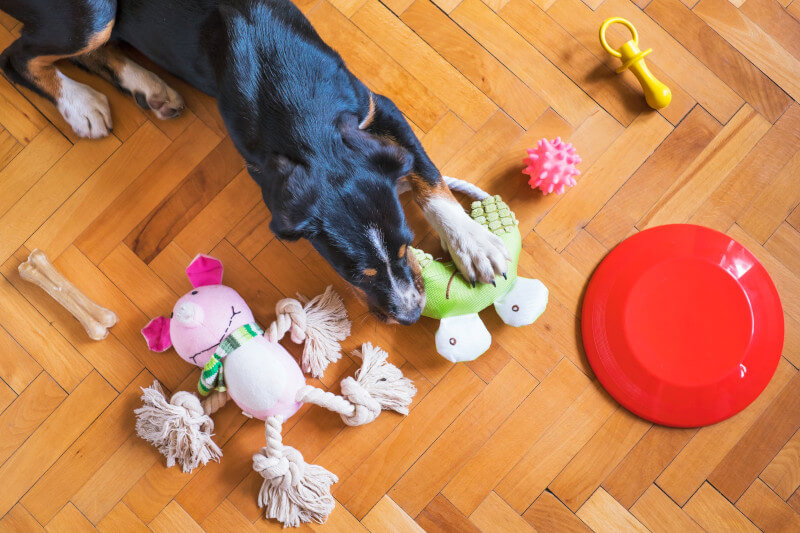
A collar, a lead, an identification tag, a bed or a kennel, water and, food bowls, snacks, chew toys, grooming tools, waste pouches, and cleaning products are all essential items. Aside from that, you should move anything valuable that you don’t want your dog to gnaw on, out of his way for a little while. If it’s required, baby barriers should be used to cordon off restricted regions.
Discuss creating a routine for your four-legged pal each day. Specifically vital are the acts of feeding and walking. Your dog will have a greater sense of security the more consistent the pattern is.
Allow Them to Investigate Their New Environment Under Your Steady Observation
The majority of canines, when introduced to a new area, will approach it cautiously and carefully smell it out. Some will gallop merrily throughout the house, nipping at various pieces of furniture as they go. Maintain a calm atmosphere, and if they start chewing, tell them to “drop it” in a commanding voice. As alternatives to stuffed animals, comforters, and pillows, you should provide them with an acceptable soft toy.
Gradually Acclimate Them to Unfamiliar Individuals
Outdoors, you should gradually expose your new puppy to the other members of your family one at a time. Allow the dog to get close to every new person and perform a comprehensive inspection of them. At this stage, you should avoid the impulse to give your dog a cuddle, smooch, grab, pat, or make direct eye contact with them.
Even More, Care Should Be Taken When Introducing New Animals
Before dogs meet, you should make sure that the collars are not tight and that there is no strain on them. You should also remove all of the dog’s toys and food from the vicinity. Always keep a close eye on them and never let them be alone unless you are certain that they are completely at ease. Make sure that different individuals are walking the dog if you decide to take them outside for a walk together, as it is impossible to split dogs that are fighting while carrying both leads at the same time.
When Around New Pets, Parents Should Keep a Close Eye on Their Children
Children have a tendency to go crazy when they get a new pet, so it is important to make sure that they are aware that the dog is experiencing a great deal of anxiety and doesn’t like excessive petting, loud noises (like random children screaming), or having their space invaded by a child who is approximately the same size as them. Bear in mind that certain dogs do not respond well to direct face-to-face interaction, and make sure that your children are aware of this fact.
Routine, Consistency, and, More Routine
Make the life of your new puppy as routine and consistent as you possibly can. Feeding should occur twice daily at the same times each day. The same can be said about strolls. The language that is spoken in the household should be consistent throughout. It is difficult to understand when different family members use a variety of expressions, such as “Stop,” “Leave,” “Naughty,” etc.
How to Ensure That Your New Rescued Dog is Both Content and Healthy
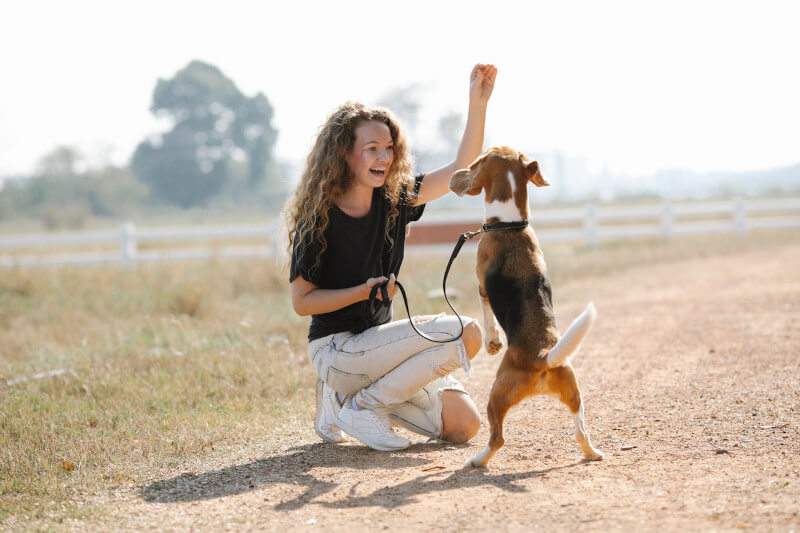
Aside from these two key differences, the process of protecting your rescue dog is fairly similar to that of insuring any other dog. It’s possible that you have no idea how old your furry friend is. You can get an estimate from a veterinarian that will satisfy the requirements of a pet insurance company like DotSure. Because pre-existing illnesses aren’t covered by insurance, pet insurance firms like DotSure need to be informed of any such conditions that may exist. In close proximity, rescue organizations and shelters are responsible for a LARGE number of dogs. They can be able to miss illnesses like these at times, which is why we suggest taking your new buddy to the veterinarian to ensure that they are in good health.
To con
It takes some self-control and compassion to bring a rescued dog into your household and make him or her feel at home. It is possible that it will take three days, three weeks, or even three months for your furry friend to feel completely at ease in their new home. If you can make your dog feel comfortable in your house, it will be a much happier place for everyone.
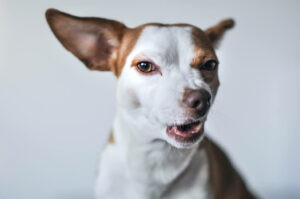
Have you ever wondered why we use the command “sic ’em” when instructing dogs to…

Nearly time for your fur baby to come home; are you ready? To make sure…
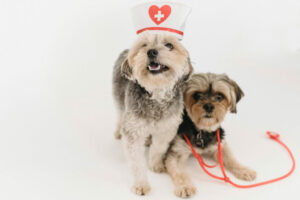
The following is an overview of the most common breed-specific diseases found in purebred dogs. This…
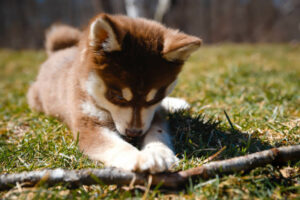
Everything there is about the arrival of a new puppy is thrilling! After the adoption,…

